

Damion Smy
Chevrolet Corvette Grand Sport could get 6.7-litre LS6 V8 - report
34 Minutes Ago
It’s last call for the petrol-powered Dodge Challenger and Charger, with an array of special editions before EV replacements come.

News Editor
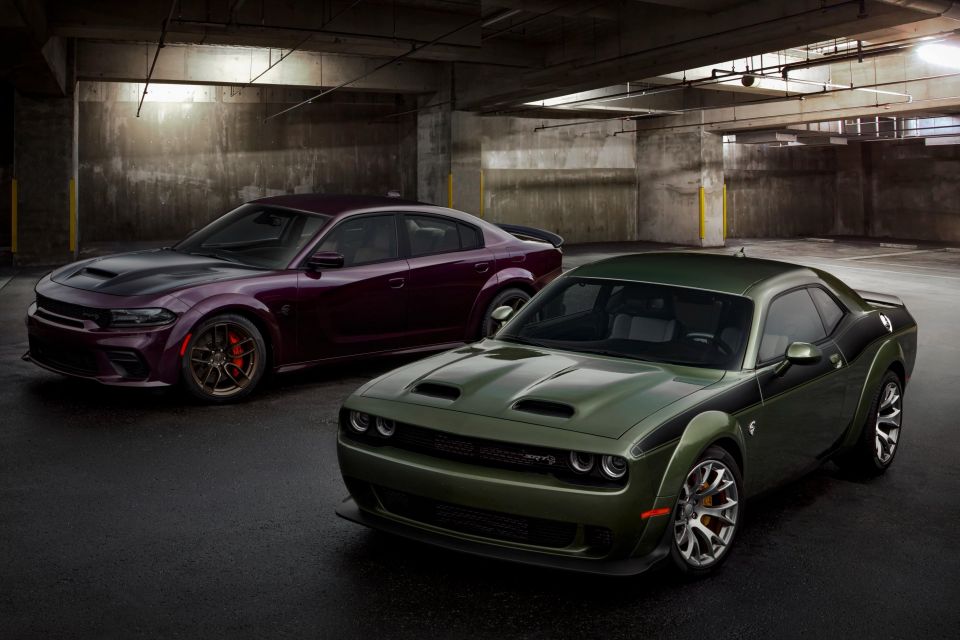

News Editor
Dodge is giving the venerable Charger and Challenger a farewell tour with a raft of special edition variants, before both models are replaced by electric vehicles.
The brand has also teased seven special-edition models at the first day of Dodge Speed Week in Pontiac, Michigan, though each was concealed under a car cover with a cryptic pattern on it.
Dodge says each will share a connection to an iconic model from the brand’s past, dating back to the muscle car era of the 1960s and early 1970s. Dodge has tapped this rich vein of its history before, resurrecting nameplates like Super Bee and Demon.
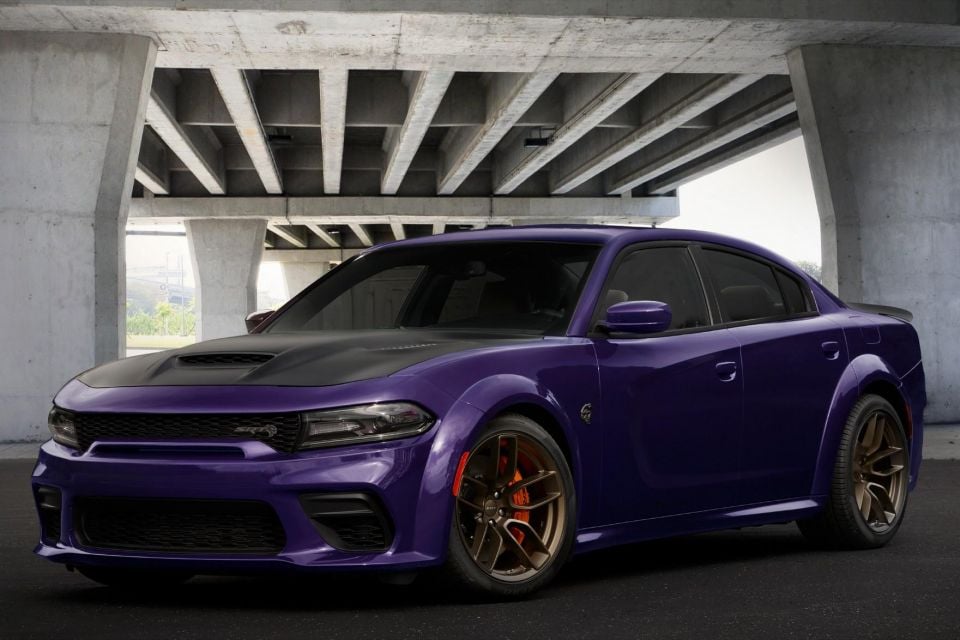

Given one of the concealed vehicles had a car cover with a suspiciously honeycomb-like pattern on it, we expect to see a return of the Super Bee, once again on the Charger.
It’ll release more information on the first six special-edition models later this year, before revealing the seventh and final 2023 Dodge at the 2022 SEMA Show in Las Vegas on November 1-4.
In addition to this information on “current muscle” offerings, it has also promised “gateway muscle” and “future muscle” announcements and reveals during Dodge Speed Week celebrations.
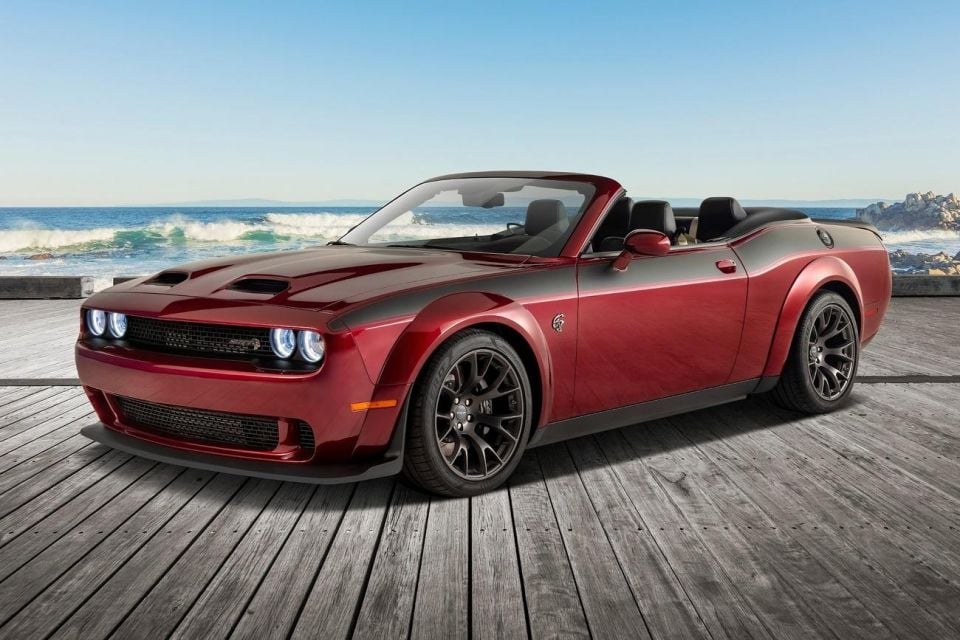
All 2023 Charger and Challenger models will feature a commemorative ‘Last Call’ plaque underneath their bonnets.
The Dodge brand is also known for its iconic paint colours, and it’s bringing some of them back for 2023 including Plum Crazy purple, Sublime green, Destroyer Grey and B5 Blue.
Challenger fans have been clamouring for a convertible for years and Dodge has granted their wish – sort of.
Dodge dealerships will offer an “expedited ordering process” for convertible Challenger conversions done by third party Drop Top Customs, allowing customers to place orders and pick up vehicles via Dodge dealers.

The brand has only offered a convertible Challenger for two model years: 1970 and 1971, during the first-generation Challenger’s run. It produced just 6408 convertibles then, and these remain highly sought after.
Drop Top Customs will offer convertible conversions of the R/T, R/T Scat Pack and all SRT models via Dodge dealers, with the conversion itself costing US$25,999 (A$37,168).
Dodge is also expanding the availability of its Jailbreak models – which unlock previously restricted colour combinations and “exclusive content” – to the SRT Hellcat versions of the Charger and Challenger.
The Jailbreak option debuted this year on the Charger and Challenger SRT Hellcat Redeye Widebody.

In addition to the raft of Charger and Challenger models, Dodge’s performance car range will grow to once again include the Durango SRT Hellcat for 2023.
This Hellcat has proved to have at least two lives, having initially been revealed in 2020 as a special one-year-only model.
Once again, the hot three-row SUV is powered by a supercharged 6.2-litre V8 engine producing 529kW of power and 847Nm of torque, with a 0-60mph (0-96km/h) time of 3.5 seconds.
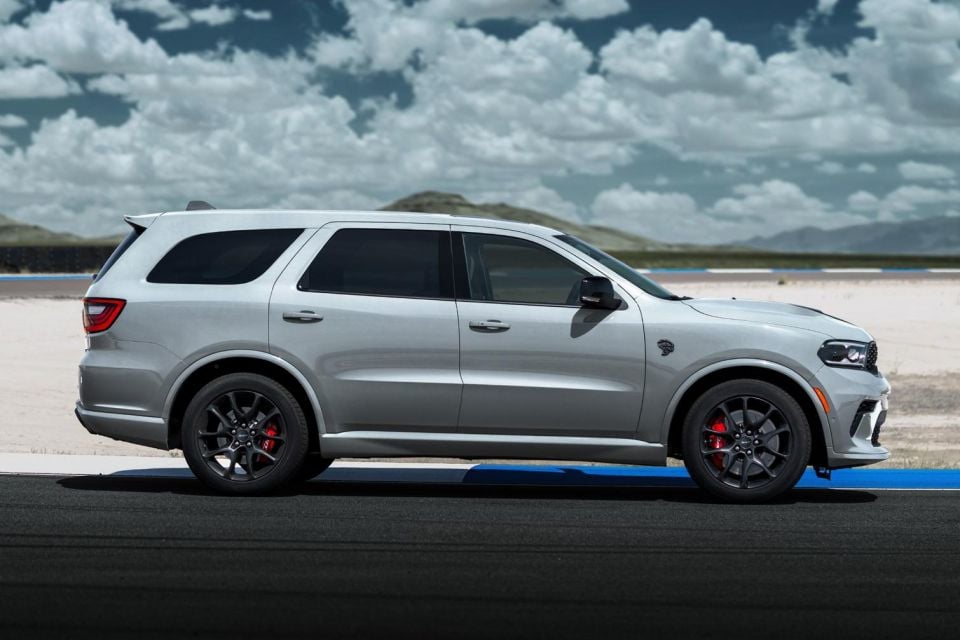
The Durango is closely related to the outgoing WK2-series Jeep Grand Cherokee, which offered the same engine in Trackhawk guise.
No such model is planned for the new WL series, while Dodge has yet to confirm a replacement for the Durango which was launched all the way back in 2011.
It’ll debut a new small SUV called the Hornet this year, which is understood to be a close relation of the Alfa Romeo Tonale and will offer a plug-in hybrid powertrain.
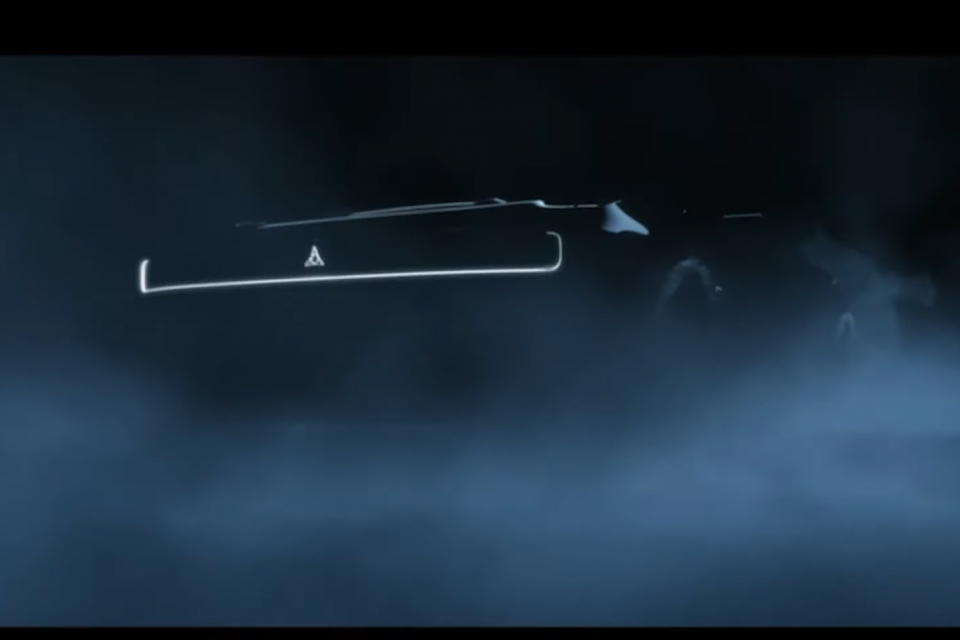
It’ll introduce its first electric vehicle in 2024, which it’s calling an e-muscle car. It teased the vehicle last year, revealing square-jawed, retro styling, and Stellantis CEO Carlos Tavares has said it’ll feature a “shocking” sound.
“We are celebrating the end of an era — and the start of a bright new electrified future — by staying true to our brand,” said Dodge CEO Tim Kuniskis.
“At Dodge, we never lift, and the brand will mark the last of our iconic Charger and Challenger nameplates in their current form in the same way that got us here, with a passion both for our products and our enthusiasts that drives us to create as much uniqueness in the muscle car community and marketplace as possible.”
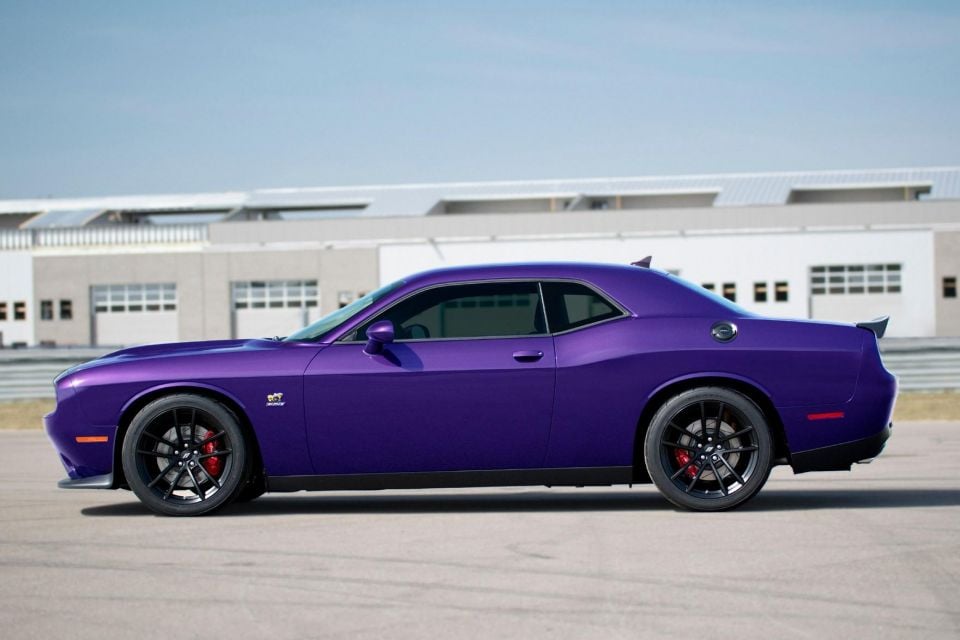
Dodge boasted the Challenger outsold the Ford Mustang and Chevrolet Camaro last year in the US.
Though it was down on previous years’ tallies, the Challenger’s sales performance has bucked the trend for coupes, having actually grown between its 2008 launch and 2015 and then remained remarkably steady since then.
The Charger is miles ahead of its dwindling set of rivals, though it’s buoyed somewhat by strong fleet sales including to police departments.
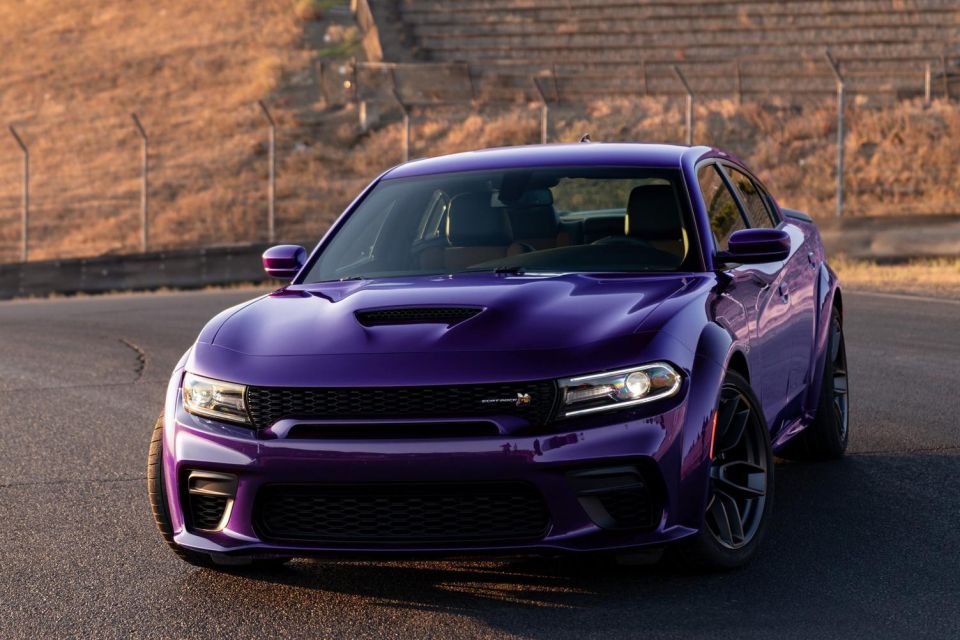
It was introduced in 2011 as a heavily overhauled version of the first Charger sedan, which entered production in 2005.
Like the Challenger, it’s also offered with a humble naturally-aspirated V6 engine, and these more sedate Chargers have traditionally competed against the likes of the Toyota Avalon, Nissan Maxima, Chevrolet Impala and Ford Taurus – all of which have been axed, or which will soon end production.
William Stopford is an automotive journalist with a passion for mainstream cars, automotive history and overseas auto markets.


Damion Smy
34 Minutes Ago


Damion Smy
2 Hours Ago


Damion Smy
4 Hours Ago


Damion Smy
5 Hours Ago


Damion Smy
6 Hours Ago


William Stopford
8 Hours Ago